Not For Sale: 10 of the most significant cars that have never hit the open market
Posted on Jan 21, 2021 in Featured | 2 comments
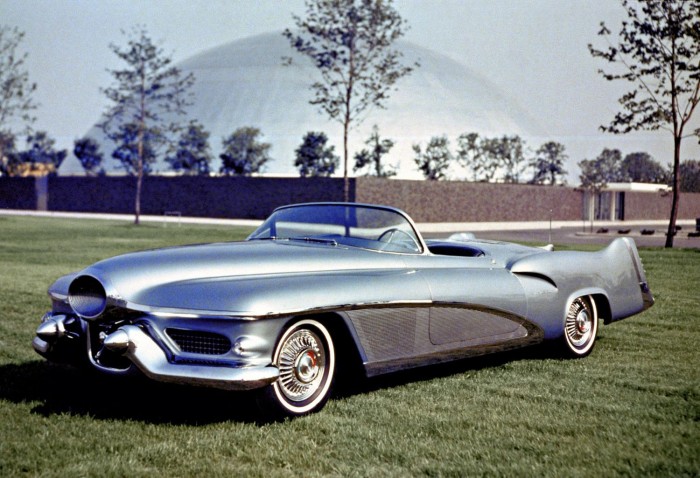
These days it seems like most old cars gain some degree of notoriety for trading hands for huge sums of money. However, the recent announcement of the upcoming auction of Janis Joplin’s Porsche – which never left Joplin’s family after her death – got us thinking: What other famous and significant cars out there have never gone to auction, never appeared in a classified ad, or never been available for the general public to make an offer on them?
As it turns out, there’s a good number of such vehicles, so we’ve whittled the list down to 10 – this is the Internet, after all, which seems to run on all-caps troll rants and top 10 lists – with several honorable mentions thrown in for good measure.
1951 GM Le Sabre
One of the first GM dream cars, the XP-8 Le Sabre was Harley Earl’s followup to the Buick Y-Job of 1938 and showcased a number of advanced technologies. Not once did it leave GM’s ownership and today it remains in the GM Heritage Collection.
Honorable Mention: Well, there’s the aforementioned Y-Job, which also remains in the GM Heritage Collection, as well as a number of other dream cars and Motorama cars also in the collection, including the Firebird I, II, and III gas-turbine cars.
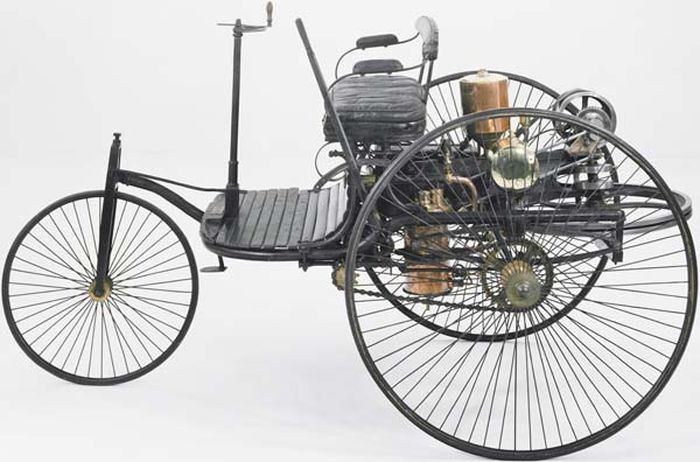
1886 Benz Patent Motor Wagen
Karl Benz’s three-wheeler often gets credit as the first internal-combustion engine-powered automobile, largely thanks to a neverending marketing push by Daimler-Benz throughout the years and in part due to the extensive documentation of its genesis. Benz began to market versions of his Patent Motor Wagen a couple of years later, but held on to the original until 1906, when he donated it to the current owner and caretaker of it, the Deutsches Museum. Replicas of it abound and trade hands frequently these days.
Honorable Mention: Another 19th-century proto-car which never got sold off, Henry Ford’s 1896 Quadricycle remained in Mr. Ford’s possession until well after he founded Ford Motor Company in 1903. He eventually donated it to what became The Henry Ford, where it remains today. And then there’s Nicolas-Joseph Cugnot’s fardier a vapeur, which well predates both Benz’s and Ford’s accomplishments and has only had two owners: the French Arsenal in Paris from 1770 to 1800 and the Musée des Arts et Métiers from 1800 to today.
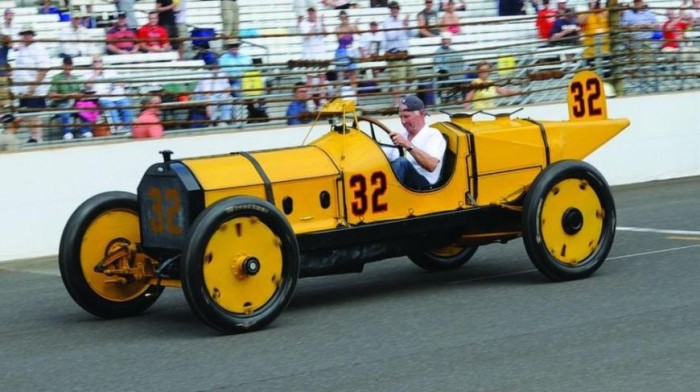
1911 Marmon Wasp
The car that won the first Indianapolis 500 with Ray Harroun at the wheel certainly qualifies as significant, even if it weren’t for its early stab at aerodynamics and Harroun’s rear-view mirror innovation. Marmon, and later Marmon-Herrington, frequently showed the car off and made parade laps with it in the decades after the win, and it only made sense as one of the earliest acquisitions for the Indianapolis Motor Speedway’s Hall of Fame Museum, established in the mid-1950s. Repairs to its engine, which suffered damage during a parade lap on the IMS’s centennial, are reportedly nearing completion.
Honorable Mention: Like the Marmon Wasp, the first American-designed, built, and piloted car to win the 24 Hours of Le Mans, the 1967 Ford GT40 Mk IV, spent a few years on the publicity trail after its historic victory and ultimately ended up in a museum, in this case The Henry Ford, which has made an incredible effort to preserve it in race condition.
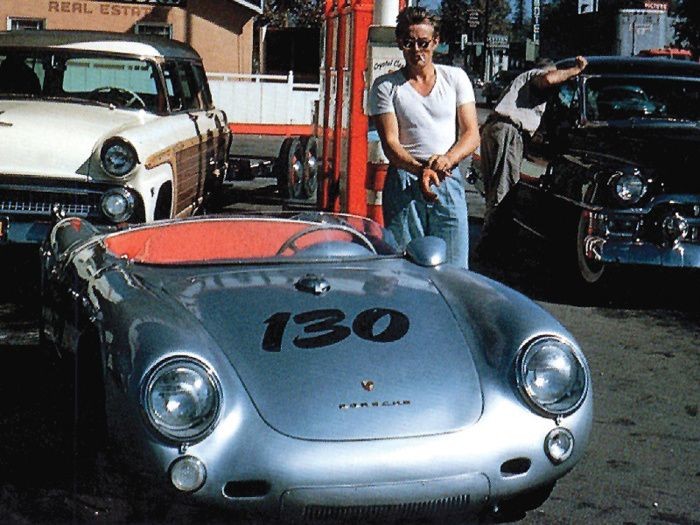
James Dean’s 1955 Porsche 550 Spyder
By now, pretty much every car enthusiast, whether a fan of Porsches or not, knows all the details of how James Dean and his Porsche, nicknamed “Little Bastard,” came to grisly ends on a remote California road in September 1955. Many also seem to know the post-mortem legend of the Porsche, which mysteriously disappeared and reportedly caused mayhem and carnage as pieces of it trickled down to other cars. Reports pop up from time to time that somebody somewhere knows exactly where the car is, but to date, no independently verified proof has surfaced with those reports. If the remains of the car do still exist, the owner(s) certainly hasn’t let the world know by putting them up for sale.
Honorable Mention: This one’s kind of a red herring, given that it’s been missing for decades, and plenty of other missing vehicles could technically be eligible for this list – cars like the last Corvair, the Corvette Nomad, and even Admiral Byrd’s Snow Cruiser.
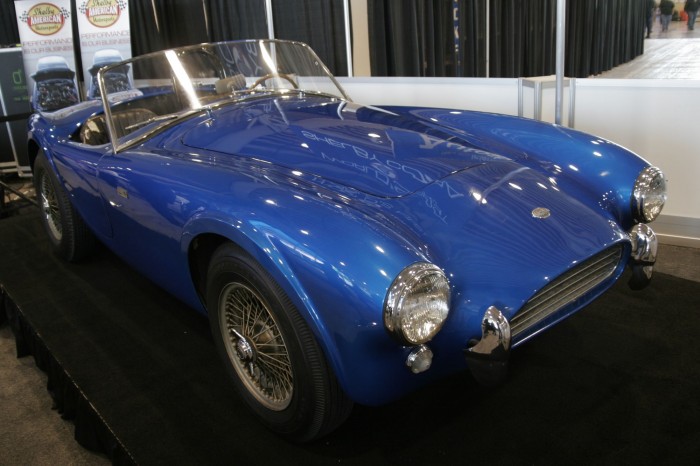
Carroll Shelby’s 1962 Shelby Cobra CSX2000
The only prototype for the Shelby Cobra, CSX2000 probably saw more show daises and magazine photographers’ camera lenses than any other Cobra. While it famously received several repaints early on, thanks to Carroll Shelby’s unorthodox publicity methods, these days it wears an older blue coat of paint and remains unrestored. After Shelby’s death in 2012, CSX2000 remained with his company, Shelby American.
Honorable Mention: There’s probably a handful of other real-deal Shelby Cobras still in their original owners’ hands or passed down to family members, but none as widely known as jazz musician Herbie Hancock’s 1962 Shelby Cobra CSX2006, which he’s said he’ll never sell because he bought it with the first real money he made as a professional musician and this “it will never mean as much to anyone else who owns it as it does to me.”
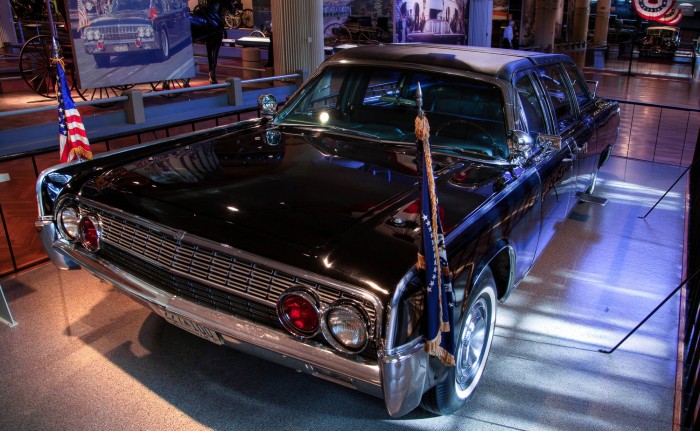
President John F. Kennedy’s 1961 Lincoln Continental limousine SS-100-X
Plenty of other vehicles associated with the Kennedy assassination have come up for sale in recent years, but the one car most associated with that day, the Hess & Eisenhardt-built Lincoln limousine in which Kennedy was shot, will likely remain unavailable for private purchase as long as we’ll have museums. The White House, which refurbished SS-100-X following the assassination and used it for several years afterward, donated it to The Henry Ford, where it remains today.
Honorable Mention: Another presidential ride with an even longer chain of conservatorship, the 1864 Wood Brothers open barouche horse-drawn carriage that took President Abraham Lincoln to Ford’s Theater, isn’t at all an automobile and was once privately owned (Robert Todd Lincoln sold it to a New York doctor – likely by private sale – before the Studebaker brothers bought it and subsequently donated it to the city of South Bend, Indiana, which in turn gave it to the Studebaker National Museum), but nevertheless hasn’t ever been the subject of a bidding war.
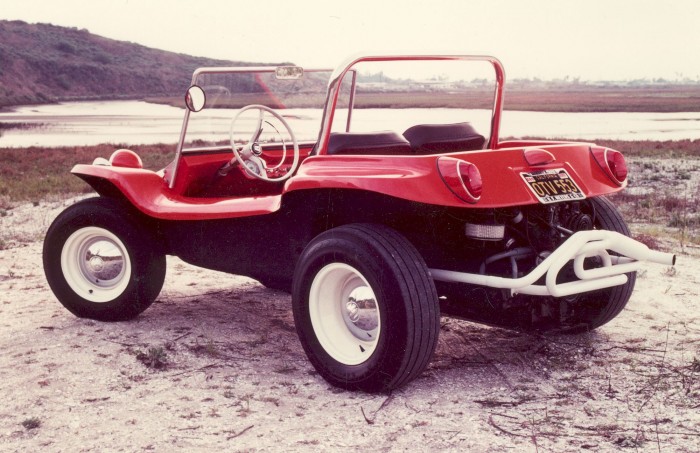
Bruce Meyers’s 1962 Meyers Manx dune buggy, “Old Red.”
Before Bruce Meyers, the dune buggy was a slammed-together stripped-down front-engined water-cooled contraption with dually tires and a slapdash rollbar that families trotted out for a day on the beach. Meyers popularized the idea of shortening the Volkswagen Beetle chassis and rebodying it with a molded fiberglass tub, a body so refined and jaunty as to make dune buggies appropriate for on-road as well as off-road fun. Today, it remains with Meyers and has earned itself a spot on the National Historic Vehicle Register.
Honorable Mention: At least one other vehicle slated to go on the National Historic Vehicle Register, the 1954 Buick Wildcat I, has never come up for sale. After GM toured it around the country as part of its Motoramas, the company held on to it for 22 years and then donated it to the Sloan-Longway Museum.

1965 Ford Mustang VIN 5F08F100001
As we learned last year, Canadian airline pilot Stanley Tucker bought his 1965 Ford Mustang convertible, the first one built for the public, three days before the Mustang’s official launch. He eventually traded it back to Ford for the millionth Mustang and Ford has since put it on display in The Henry Ford.
Honorable Mention: Also as we learned last year, Tucker isn’t the only person who bought a Mustang before the official introduction. The other claimed “first” 1964 Mustang, which schoolteacher Gail Wise bought on April 15, 1964, remains in her possession 50-plus years later.
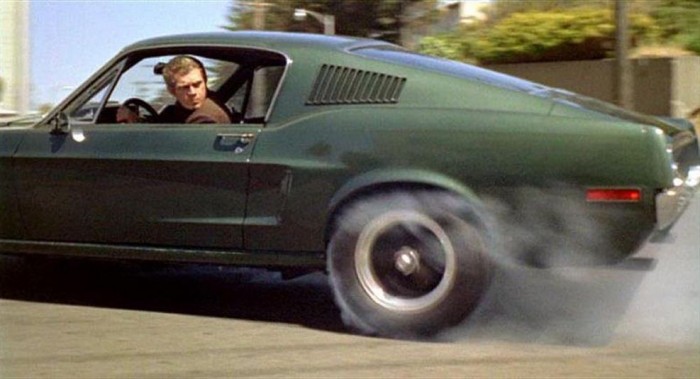
1968 Ford Mustang GT
used in the filming of Bullitt. We’re going to make an exception here, because the Bullitt Mustang was sold publicly once more than 40 years ago, but to this day remains one of – if not the – Holy Grails for Mustang and pony car enthusiasts. As the story goes, after filming on Bullitt wrapped, the one uncrashed Mustang was sold privately, and then the second owner listed it for sale in Road & Track. However, it’s since been tucked away in Kentucky and later Tennessee, away from prying eyes, and certainly not for sale.
Honorable Mention: Not all movie cars leave the studios after filming. Take, for instance, the Ecto-1a 1959 Cadillac from Ghostbusters II currently rotting away on a Sony Pictures backlot, or the A-car De Lorean from the Back to the Future trilogy that Universal Pictures recently let a group of die-hard BTTF fans restore.

Craig Breedlove’s Spirit of America land-speed record holder
The first land-speed racing vehicle to top 500 MPH, Spirit of America, might have relied on jet engines for propulsion, but it helped Breedlove capture the world land-speed record and the country’s fascination with speed in the summer of 1964. After its infamous run-in with a drainage pond at Bonneville, the Spirit of America made its way to Chicago’s Museum of Science and Industry, where it remains today.
Honorable Mention: Any number of famous purpose-built land-speed record holders remain ensconced in museums or their builders’ workshops because, after all, what sort of market exists for used LSR cars? Most notably, Ab Jenkins’s Mormon Meteor III, which spent many years on display in the Utah statehouse, remained in the Jenkins family up until relatively recently, when it went to the Price Museum of Speed in Salt Lake City, Utah.
We know this list has probably just scratched the surface and that plenty of other vehicles have never seen an open market transaction (and, admittedly, many of these vehicles come from the collections of The Henry Ford), so let us know in the comments which other never-sold cars you know of.





.gif)


So no package deal on all 10?
Eleventy billion dollars. Take it or leave it. No text messages.